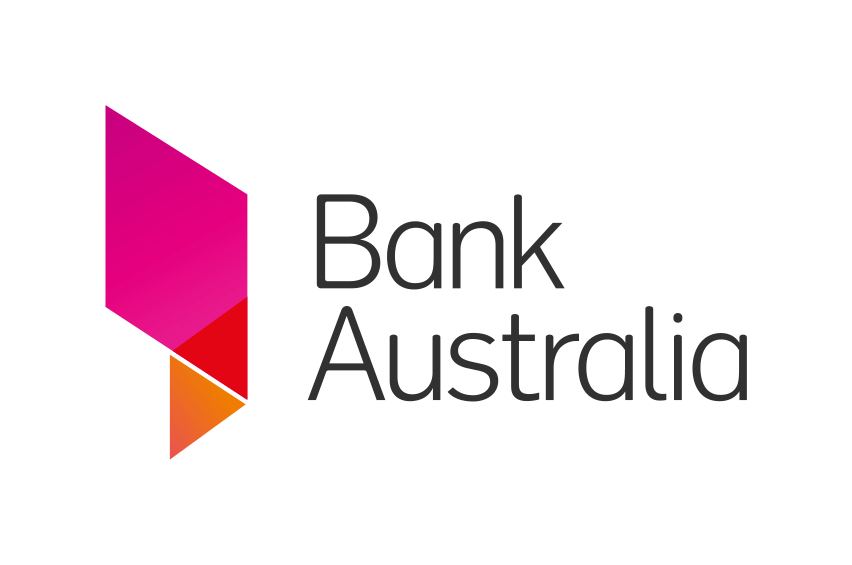

Bank Australia

Victoria, Australia
June 2020
Deposit bank - Developed Markets
Service with Minor Environmental Footprint
Australia
Bank Australia is the bank for people who believe in a fair and just world. We work with our customers to use their money as a force for good. As Australia's first customer-owned bank, our history since 1957 is one of individuals coming together to achieve more than we could alone. The fact that we're not listed on the stock exchange means we answer to our customers, not external shareholders -- and can balance profit and purpose. Bank Australia provides everyday banking services and loans to individual customers as well as loans to purpose-driven companies and organisations to help them have a positive impact on people and the planet. Our lending is guided by our responsible banking policy, which means we don't fund fossil fuels, live animal exports, gambling or tobacco. Instead, we support the clean energy transition, affordable and accessible housing, and protecting nature, including through our 2117 hectare conservation reserve on Wotjabaluk Country in Western Victoria. Our impact fund supports projects to benefit people and the planet, including annual community customer grants in key impact areas. Together with our customers, Bank Australia is creating a world where people and the planet thrive.
Overall B Impact Score
Governance 20.9
Governance evaluates a company's overall mission, engagement around its social/environmental impact, ethics, and transparency. This section also evaluates the ability of a company to protect their mission and formally consider stakeholders in decision making through their corporate structure (e.g. benefit corporation) or corporate governing documents.
What is this? A company with an Impact Business Model is intentionally designed to create a specific positive outcome for one of its stakeholders - such as workers, community, environment, or customers.
Workers 29.9
Workers evaluates a company’s contributions to its employees’ financial security, health & safety, wellness, career development, and engagement & satisfaction. In addition, this section recognizes business models designed to benefit workers, such as companies that are at least 40% owned by non-executive employees and those that have workforce development programs to support individuals with barriers to employment.
What is this? A company with an Impact Business Model is intentionally designed to create a specific positive outcome for one of its stakeholders - such as workers, community, environment, or customers.
Community 24.7
Community evaluates a company’s engagement with and impact on the communities in which it operates, hires from, and sources from. Topics include diversity, equity & inclusion, economic impact, civic engagement, charitable giving, and supply chain management. In addition, this section recognizes business models that are designed to address specific community-oriented problems, such as poverty alleviation through fair trade sourcing or distribution via microenterprises, producer cooperative models, locally focused economic development, and formal charitable giving commitments.
Environment 13.6
Environment evaluates a company’s overall environmental management practices as well as its impact on the air, climate, water, land, and biodiversity. This includes the direct impact of a company’s operations and, when applicable its supply chain and distribution channels. This section also recognizes companies with environmentally innovative production processes and those that sell products or services that have a positive environmental impact. Some examples might include products and services that create renewable energy, reduce consumption or waste, conserve land or wildlife, provide less toxic alternatives to the market, or educate people about environmental problems.
What is this? A company with an Impact Business Model is intentionally designed to create a specific positive outcome for one of its stakeholders - such as workers, community, environment, or customers.
Customers 26.2
Customers evaluates a company’s stewardship of its customers through the quality of its products and services, ethical marketing, data privacy and security, and feedback channels. In addition, this section recognizes products or services that are designed to address a particular social problem for or through its customers, such as health or educational products, arts & media products, serving underserved customers/clients, and services that improve the social impact of other businesses or organizations.
What is this? A company with an Impact Business Model is intentionally designed to create a specific positive outcome for one of its stakeholders - such as workers, community, environment, or customers.